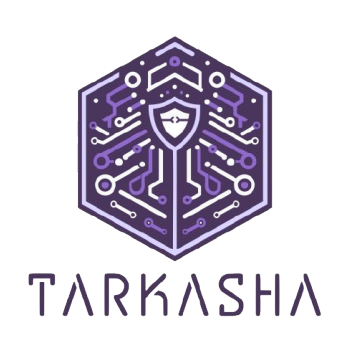Hybrid Web Application & ML Engineering for Supply Chain Optimization
Challenge
A leading consumer packaged goods (CPG) manufacturer with global operations spanning 25 countries and over 200 distribution centers faced growing challenges in their supply chain operations. With increasing market volatility, rising logistics costs, and growing customer expectations for rapid delivery, they needed a modern solution that would transform their reactive supply chain approach into a proactive, predictive system.

Innovation Bottlenecks: New feature development took 8-12 months from concept to production
Scalability Issues: System performance degraded during peak periods, affecting customer experience
Regional Customization Complexities: Implementing country-specific regulatory requirements required extensive code changes
Integration Difficulties: Connecting with modern insurtech solutions and third-party services was cumbersome
Responsiveness: 3-5 day lag between market changes and supply chain adjustments
Collaboration Barriers: Siloed operations between demand planning, procurement, and logistics teams
Our team designed and delivered a comprehensive hybrid solution combining a modern web application with embedded machine learning capabilities, creating an “Intelligent Supply Chain Platform” tailored to the CPG industry.
Web Application Architecture
Microservices Backend: Built using Node.js and Express.js for scalability and maintainance
React Frontend: Responsive UI with role-based dashboards and visualizations
Real-time Communication: WebSocket implementation for live updates and alerts
API Gateway: Centralized interface for third-party system integration
Multi-tenancy: Support for regional operations with appropriate data isolation
Containerized Deployment: Docker and Kubernetes for consistent global deployment
Machine Learning Components
Demand Forecasting Engine: Ensemble of models combining time-series analysis, LSTM neural networks, and XGBoost
Inventory Optimization Models: Multi-echelon inventory optimization using reinforcement learning
Transport Route Optimization: Graph-based algorithms for dynamic route planning
Anomaly Detection: Unsupervised learning for identifying supply chain disruptions
Natural Language Processing: For processing unstructured data from market reports and news
Computer Vision: For warehouse space utilization analysis from security camera feeds
Data Engineering Foundation
Data Lake Architecture: Built on Azure Data Lake for storing diverse datasets
ETL Pipelines: Automated extraction and transformation from 15+ source systems
Data Quality Framework: Automated validation and cleaning processes
Feature Store: Centralized repository of ML features for model training and inference
Metadata Management: Comprehensive data catalog and lineage tracking
Integration Architecture
ERP Connectors: SAP and Oracle integration for financial and procurement data
WMS Integration: Real-time warehouse management system data synchronization
TMS Connection: Transportation management system integration for logistics visibility
Supplier Portal API: Direct data exchange with key supplier systems
IoT Platform: Integration with RFID, GPS, and sensor networks for physical asset tracking
Implementation Process
The implementation followed Tarkasha’s proven methodology. Full compliance with all relevant regulations achieved and maintained
Foundation & MVP
- Established core data architecture and integration framework
- Developed initial web application with basic visibility dashboards
- Implemented first-generation demand forecasting models
- Deployed to two pilot distribution centers
Enhanced Analytics & Intelligence
- Expanded ML capabilities with additional algorithms and features
- Enhanced UI with simulation and scenario planning capabilities
- Integrated IoT data streams for real-time asset tracking
- Extended deployment to regional distribution network
Optimization & Automation
- Implemented advanced optimization algorithms for inventory and logistics
- Developed automated decision support and recommendation system
- Created collaborative workflow tools for cross-department planning
- Expanded to global deployment
Continuous Improvement
- Implemented A/B testing framework for ML model evaluation
- Developed self-service analytics capabilities for business users
- Created performance monitoring and automated retraining pipeline
- Transitioned to operational support model with continuous enhancement
Forecast Accuracy: Improved from 68% to 94% accuracy for 30-day forecasts

Inventory Optimization: 23% reduction in overall inventory while maintaining service levels

Planning Efficiency: 65% reduction in time spent on manual planning activities

Scalability: System handles 75,000+ SKUs across 200+ locations without performance degradation

Data Processing: Real-time processing of 50TB+ of supply chain data monthly

